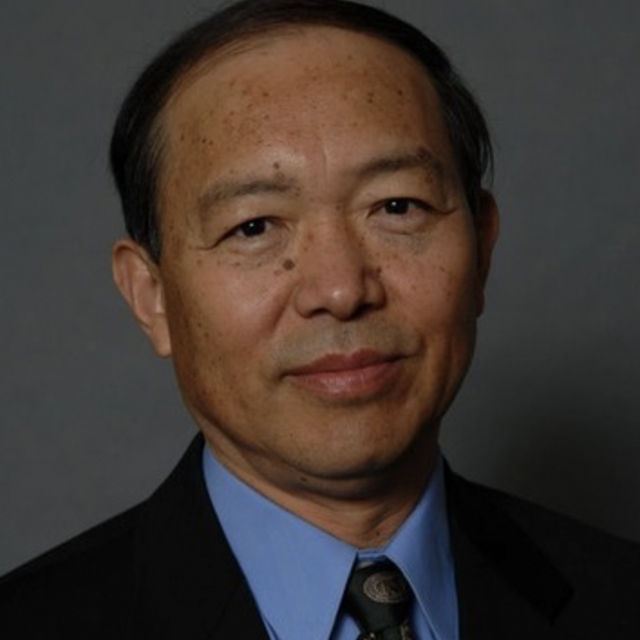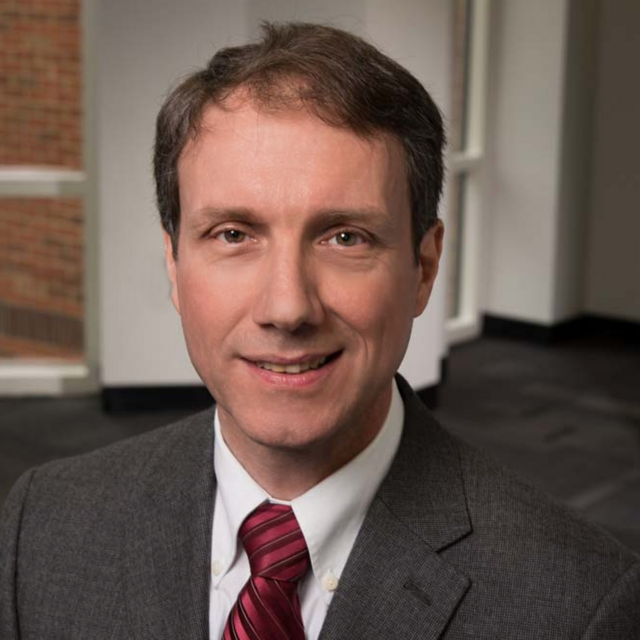Admission CTAs
Mason scientists sound “wake-up call” on Virginia’s wildfires
Page, Shenandoah County wildfires a warning to prepare for more frequent future disasters
A group of scientists from George Mason University’s College of Science are calling the Page and Shenandoah County wildfires a “wake-up call” for Virginia and the Eastern Seaboard that heralds the increasing threat of wildfire to the region as the climate continues to change.
Wildfires that are a regular occurrence in the western United States will become more frequent in the east in the decades to come, they warn.
“There have been few wildfires in Virginia over the last two decades, but the risk of wildfires has been increasing due to extreme weather and climate events caused by climate change,” said John Qu, director of Mason’s Environmental Science and Technology Center.
“Virginia has always been at risk of wildfires, mainly in the spring and fall, and there have been a few multi-year periods of drought in the past century that elevated that risk. However, as our climate grows ‘warmer and wilder’ the risk is exacerbated practically every year. The Virginia Climate Center is assessing this threat to help Virginia’s communities become more resilient to the impacts of climate change,” explained James (Jim) Kinter, director of Mason's Virginia Climate Center and Mason Professor in the Department of Atmospheric Oceanic and Earth Sciences.
In the case of the Page and Shenandoah County wildfires, “swift actions from emergency managers and first responders, complemented by fortunate rainfall, helped dodge a dire outcome,” said Alireza Ermagun, director of the Mobility Observatory and Data Analytics Lab and an assistant professor in the Department of Geography and Geoinformation Science.
Nevertheless, “the fires brought severe air pollution to northwestern Virginia,” said Daniel Tong, associate professor of atmospheric chemistry and aerosols in the Department of Atmospheric, Oceanic and Earth Sciences.
The scientists said this alarm bell points to the need for building resilience, solidifying emergency preparedness, and planning for evacuation, particularly for vulnerable populations including those with disabilities or without private transportation. Early detection measures will help, as will making the population more aware of this increasing threat.
The Mason scientists who are available for comment on wildfire, including in Virginia, include:
Daniel Tongwildfire science, air quality
Daniel Tong, an associate professor of atmospheric chemistry and aerosols in the Department of Atmospheric, Oceanic and Earth Sciences within Mason’s College of Science, works closely with NASA’s Health and Air Quality Applied Sciences Team, and leads a NASA-funded effort to improve the country’s dust forecasting capabilities. His atmospheric modeling tools were tapped to better understand the recent Canadian wildfires and their impact on air quality across the United States. By plugging real-time satellite data into a complex model of Earth’s atmosphere – one that accounts for site-specific variables like soil type, wind speed, and how Earth’s surface interacts with winds – the system churns out hourly forecasts that can even predict dust storms up to three days in advance.

Alireza Ermagun Vulnerable populations, emergency preparedness
Alireza Ermagun, the Director of the Mobility Observatory and Data Analytics Lab and an Assistant Professor in the Department of Geography and Geoinformation Science at George Mason University, is at the forefront of creating safer futures for wildfire-prone communities in California. By developing a practice-ready framework, he addresses the urgent evacuation and sheltering needs of disadvantaged communities when wildfires erupt. His NSF-sponsored project, “Snuff It Out: Extinguishing the Disparity of Access to Shelters for Disadvantaged Communities in Wildfire-Prone Areas,” marks a significant leap forward in his commitment. Collaborating closely with local emergency preparedness and law enforcement officials, Ermagun’s work is setting new standards in optimizing wildfire responses. This project is not just about immediate relief; it is about embedding equity into wildfire preparedness strategies, offering a model for resilience that communities across America facing similar threats can replicate.

John Qu Early warning systems, forestry-wildfire nexus
John Qu is a professor of Geography and Geoinformation Science at Mason and Mason Institute for a Sustainable Earth Fellow. He serves as the director of the Environment Science and Technology Center (ESTC) and served as the funding director of the EastFIRE Lab during 2005-2013. He focuses his research on wildland fires, land, water, and atmospheric environmental remote sensing, and also collaborates with international partners. His efforts to develop integrated early warning and decision-support systems for sustainable Water-Energy-Food-Health (WEFH) Nexus are already underway, including projects to support the NOAA Atmospheric Temperature Climate Data Record from POES Microwave Sounders to JPSS/ATMS, NOAA; the Africa Soil Moisture Monitoring and Applications with WMO, and assessing impacts of large wildland fires with USDA/FS.

Jim KinterClimate Change Impacts, climate resilience
Jim Kinter is a professor of Climate Dynamics, Director of the Center for Ocean-Land-Atmosphere Studies (COLA), and Director of the Virginia Climate Center (VCC) at George Mason University. The VCC partners with stakeholders in the Commonwealth to co-produce locally relevant climate data, products, and services. The Center’s interdisciplinary team of Mason experts provide decision makers and communities of practice with actionable climate information that ultimately enhances their resilience to climate change and variability.

If you would like to speak to one of more of these scientists, contact Tracy Mason, Assistant Dean of Strategic Communications at tmason11@gmu.edu or 703-993-8723. Photo by Joanne Francis on Unsplash.
